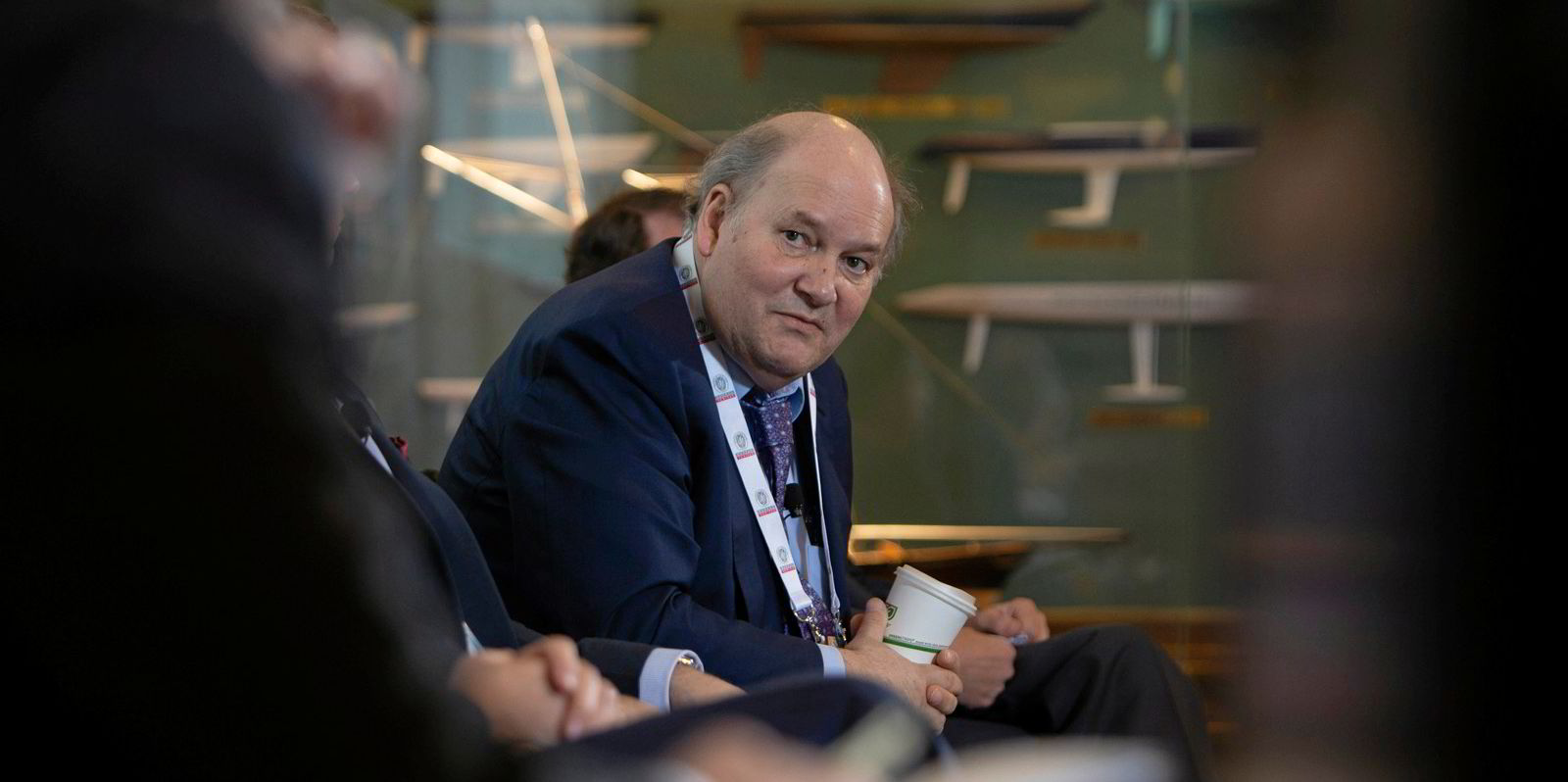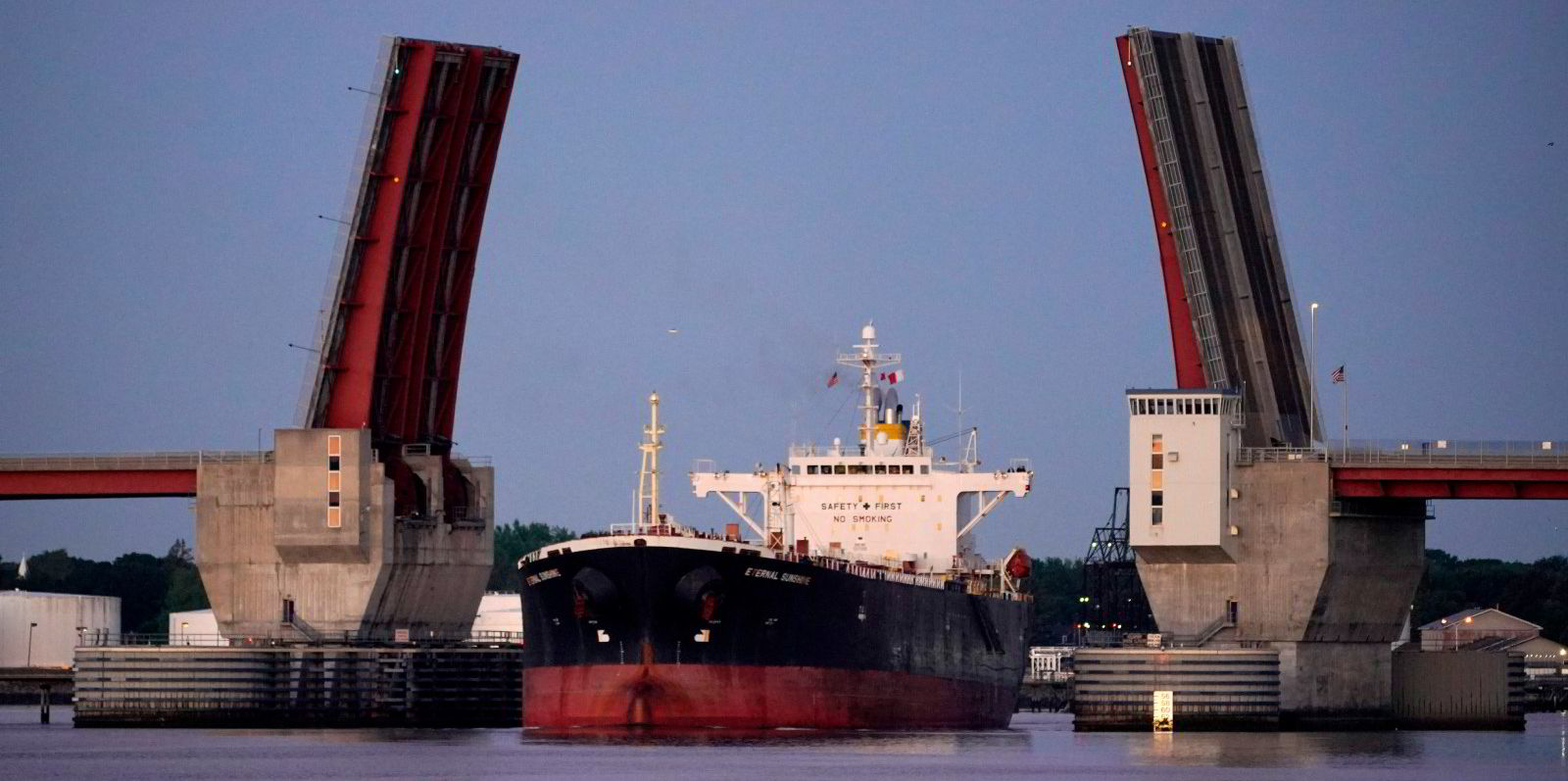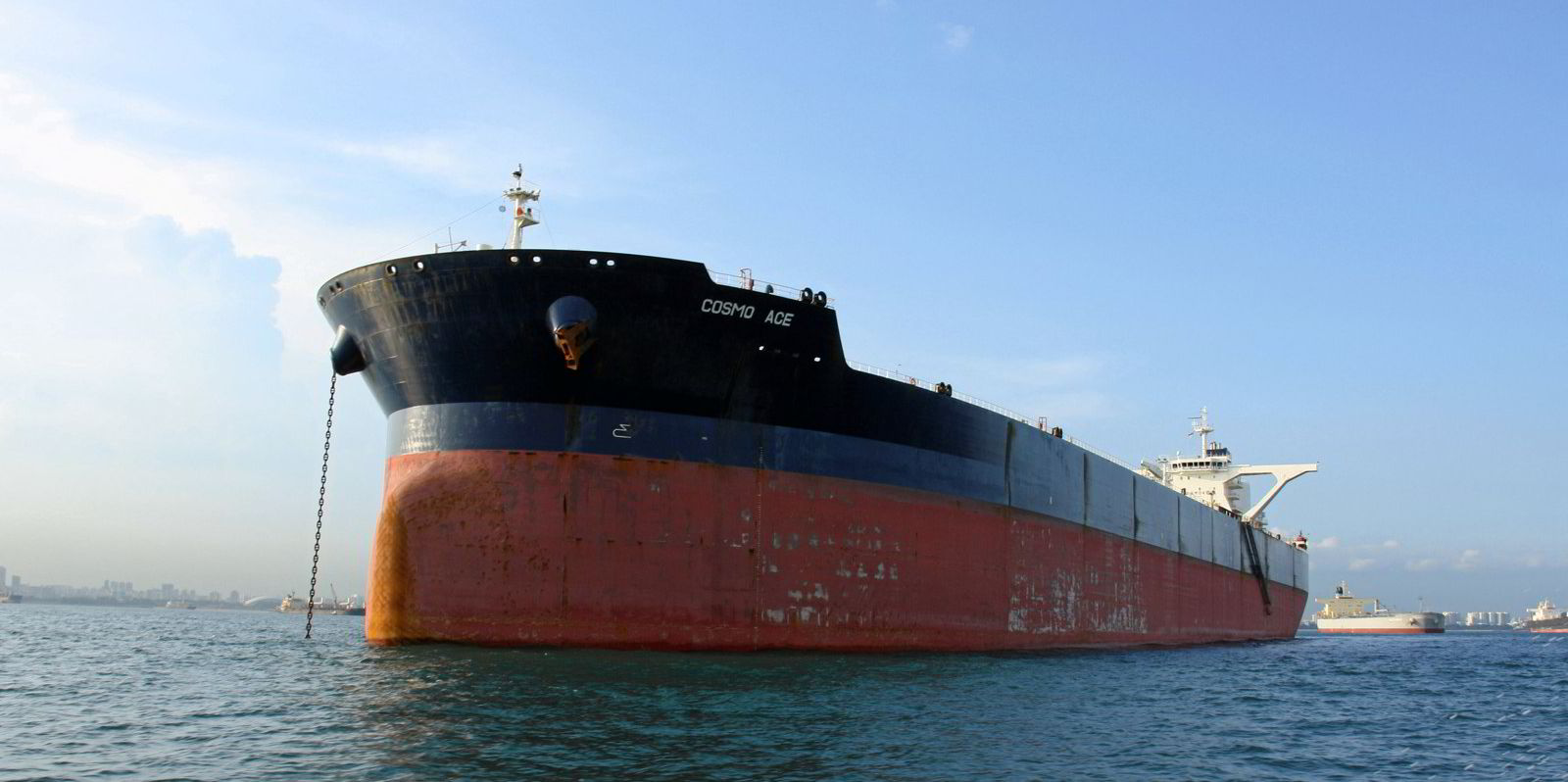Nobody wants to believe that the product tanker market has plenty of room to run.
Not even — until Wednesday, anyway — the tanker owners.
During the Capital Link New York Maritime Forum, Scorpio Tankers president Robert Bugbee said the biggest mistake product carrier owners have made is not being bullish enough.
He said analysts, too, have been shy about the market situation, including ongoing refinery dislocation adding tonne miles, low global inventories, incoming sanctions on Russian oil and products, and the incoming northern hemisphere winter.
“We have underestimated the strength of this market at all times because even we've been afraid to believe,” Bugbee said.
“When you're up in these low 90% of utilization just a small change to the positive can lead to dramatic results.”
Bugbee said the Scorpoo Tankers fleet of MRs were earning anywhere between $40,000 per day and $60,000 per day with an average of about $46,000 per day and its LR2s were fetching between $50,000 per day and $90,000 per day with a $70,000 per day average.
Ardmore chief executive Anthony Gurnee said the average reported rates for of $45,000 per day did not mean every MR everywhere in the world was earning that. He said a ship trading out of north Asia was earning double that and ships out of south Asia were fetching a considerable premium over that $45,000 per day.
“When we’re thinking about upward potential in the market … we need to lift our eyes a little higher than $45,000 per day,” he said.
“I don’t think there’s any practical upward limit. The freight cost itself is not going to choke off demand.”
Hafnia chief executive Mikael Skov said even if rates were to shoot up to $250,000 per day, that only works out to about $13 or $14 in transportation cost per barrel of oil.
“Once you have full utilisation nothing prevents rates to go to any level,” he said.
“There's no real cap on this situation other than once rates become really really high as a percentage of the total cost.”






